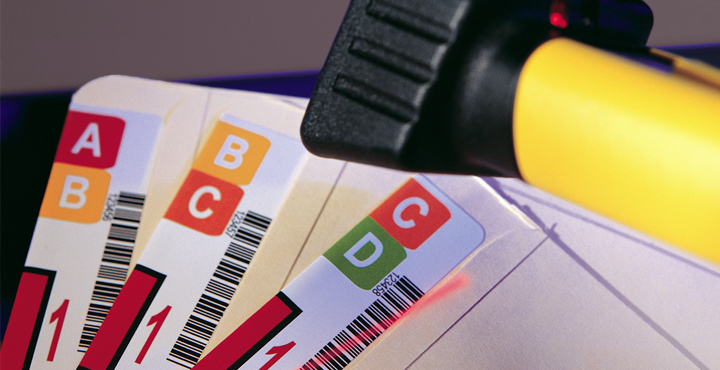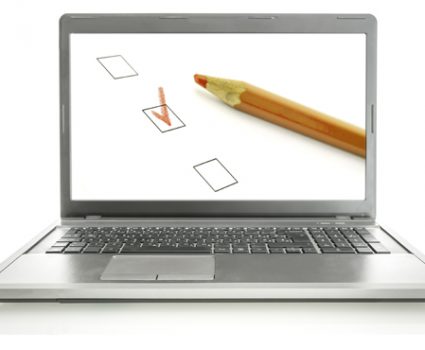
Records management software: what’s in it for you?
In this post we offer an overview of records management software and the value it adds to records management in both small and large organizations. RM software has come a long way since it was first introduced, so if you haven’t paid much attention to RM software in recent years, it may be time to give it another look!
Records management software:
Breaking it down.
The functionality of most leading RM software can be broken down into five core features:
- Records tracking – This is the basic defining function of RM software. Individual files and boxes are scanned into the system database, usually with a bar code reader. When records are required for use, they can be “checked out” using the same bar code scanning technology. This allows you to keep track of which records you have on hand, where they are located, and who has them at any given time. RM software also allows you to store and track electronic records in a variety of digital formats, from office documents to machine-readable images.
- Retention and lifecycle management – In conjunction with the classification system, RM software supports the application of retention schedules and other retention-related activities. By automatically tracking the age of each document, the software allows you to get an instant view of where a specific record is in its lifecycle. You will also get alerts when a group of records are past their required retention period and ready for destruction. If you need to retain a record beyond its normal period (because of a lawsuit, for example) you can apply a “hold” on that document to prevent it from being flagged for destruction.
- Record directory and search – Search and directory features help users locate specific records for retrieval and use. There are several important steps to making the most of these features. This first is a record classification system that organizes your records into categories based on the business function to which they apply. The directory within the software will generally be based on the classification system, allowing staff to look for records using a common framework. To enable search functionality, each record must be augmented with metadata which is indexed by the software. This allows staff to find records using a keyword-based search, just at they would do with an internet search engine.
- Record sharing – The more advanced RM software helps your staff to be more productive by facilitating the sharing of documents within the system. By integrating with your company’s email system, the software offers “one-click” sharing with other staff members without having to leave the RM software interface. Not only does this improve productivity, it helps you keep more of your organization’s important records within the confines of the software – where they can be tracked and disposed of when they have reached the end of their lifecycle.
- Task management – For the records manager, RM software also offers tools to help you record and track important tasks. For example, you can flag certain documents or boxes for destruction, setting a reminder date to ensure that you are disposing of those records in accordance with your retention schedule. You could also set a reminder of incoming documents that need to be bar coded, scanned or indexed within the system. This functionality helps you carry out records management activities in a timely and consistent manner.
Some RM software solutions offer much more than this of course, but these core features give you an idea of the basics that you should expect. However, calling them “the basics” understates the value they provide. Indeed, many in our field would argue that records management software has evolved into an indispensable tool for 21st century records management.
Next Steps
- See these features in action. Watch a short overview of TAB FusionRMS, TAB’s RM software solution.
- Learn more about setting up functional classification and retention schedules – the building blocks for a successful RM software implementation.
- Contact TAB for a live demo of TAB FusionRMS records management software.





